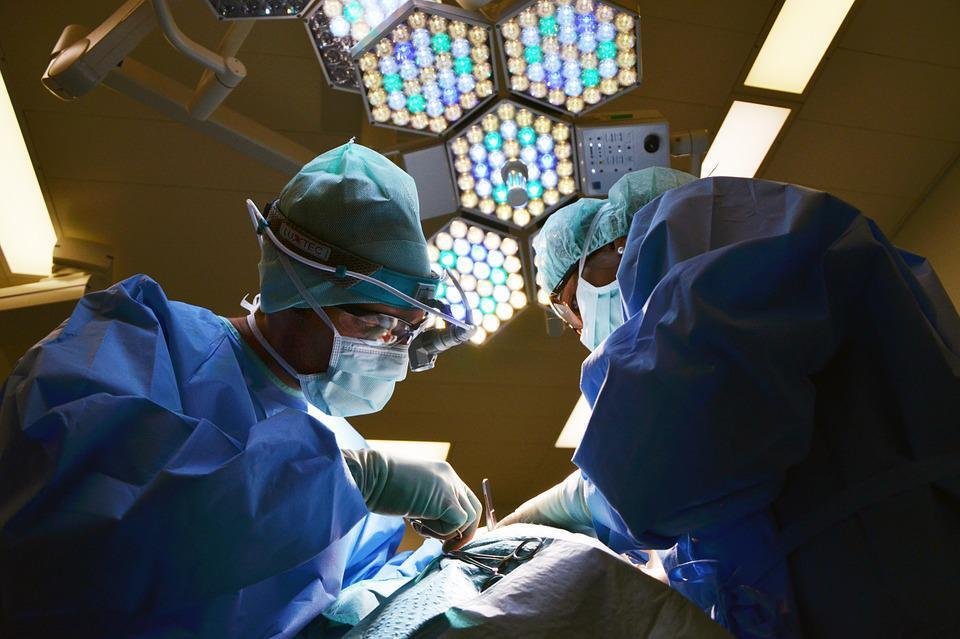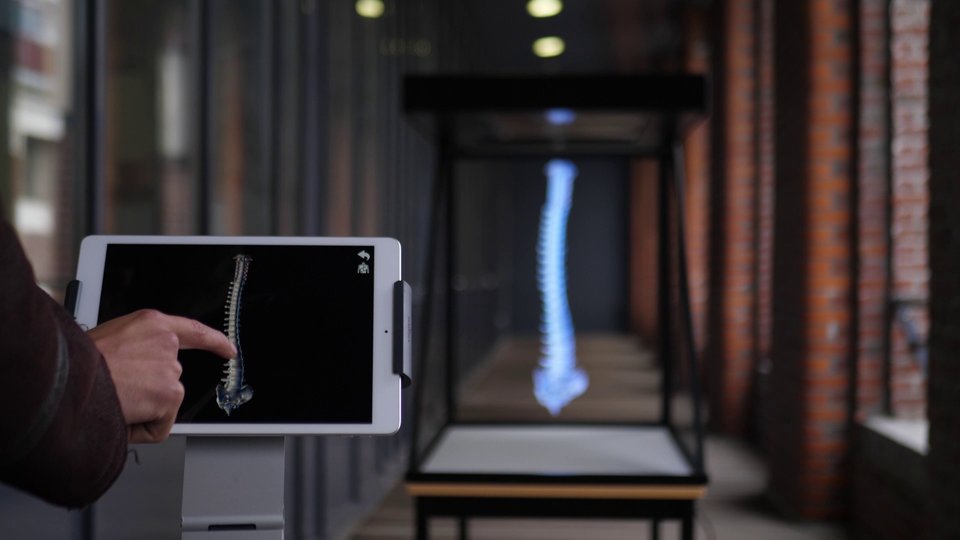The Department of Otolaryngology is home of Melbourne University’s Virtual Reality Surgical Simulation laboratory. This group, that brings together researchers from the Faculties of Medicine, Dentistry and Health Sciences, Engineering and Education, seeks to define the role of simulation in surgical training. Virtual reality (VR) surgery is the way in which surgeons of tomorrow will be taught. VR surgery involves immersion into a 3D world where the “patient” can be touched and operated on.
As researchers and medical companies around the world are looking for new solutions for teaching, explaining and preparing medical operation, we developped a special application with a leading actor for this sector. This company is manufacting high-end medical devices and equipment such as surgical implants for the repair of the spine in case of fractures or the treatment of chronic back pain (Radiofrequency is used for demyelination, a non-destructive operation which temporarily inhibits the transmission of pain on a nerve).
These procedures are incredibly meticulous and complicated. Just one surgery needs several stages and it will be different according to the place where the procedure will take place along the spine.

